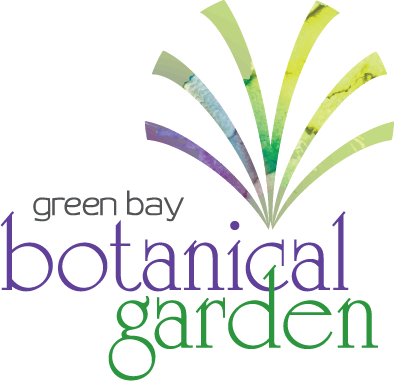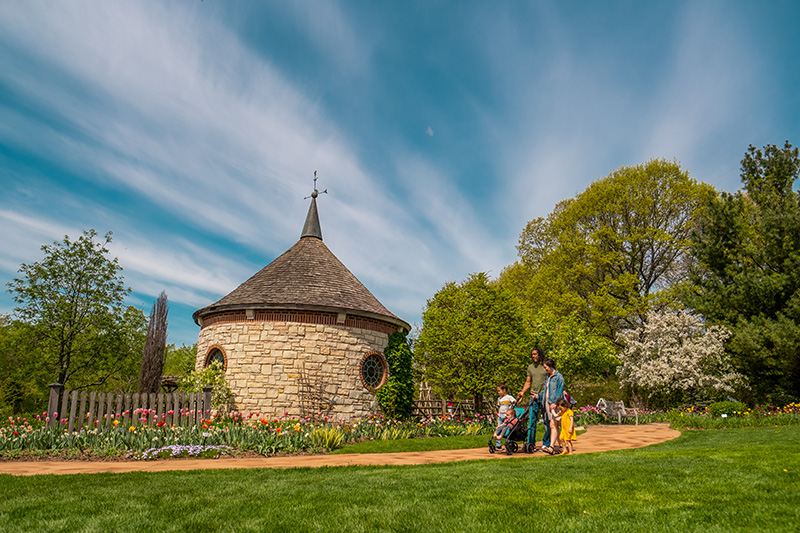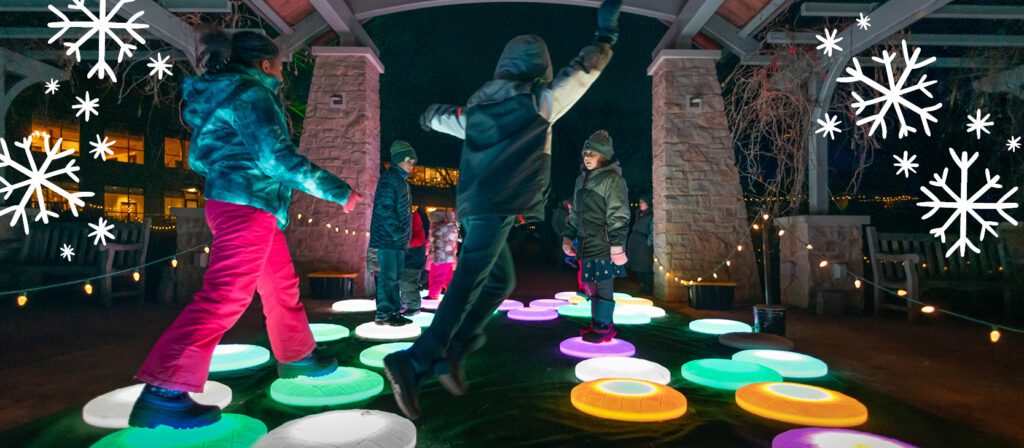Warm weather signals when gardeners and homeowners are able to turn their attentions back to their lawns, with regular mowing transforming a scrappy patch into an orderly sea of green. To promote and educate the community about the critical period of pollinator emergence, the month of May has been designated as No Mow May in a growing number of communities.
The goal of No Mow May is to provide early season forage for native pollinators by reducing our mowing intensity during a month when these types of resources are limited to pollinators.
Allowing lawns to grow longer, without treating them with chemical pesticides or herbicides, leads to an increase in the number and types of native plants, which are a great source of food for pollinators, such as bees and butterflies.
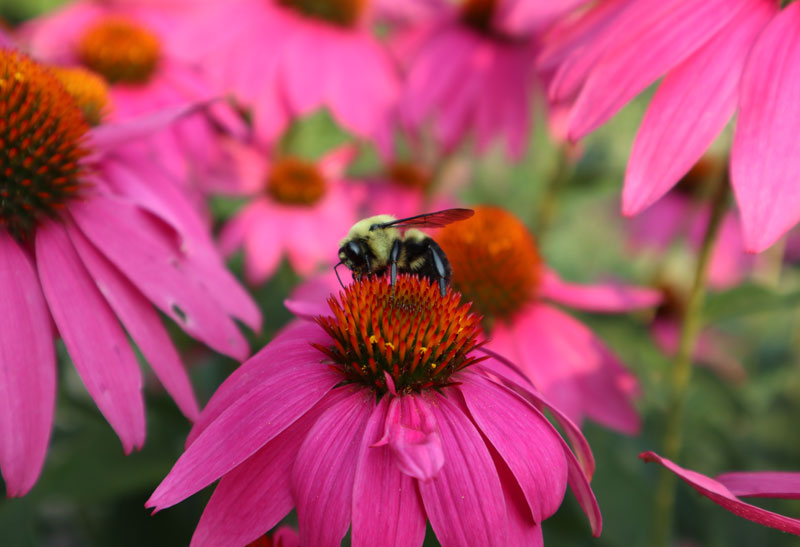

Additionally, it provides important insect habitats for those that are still in diapause (a type of hibernation) in early spring. Weed growth in May is particularly beneficial, because many other spring blooms have not yet emerged. Dandelions count! If you’re interested in learning more about how to support local habitats, make sure to check out our newest exhibit, Habitat, which is open now!
Habitat was developed by Smithsonian Gardens and is made available by the Smithsonian Institution Traveling Exhibition Service.


The connection between mowing and the beginning of the gardening season is important to a lot of us, which is why No Mow May, the idea of avoiding any type of mowing initially suggested by charity Plantlife, is quietly revolutionary. Over the colder months, lawn maintenance mainly involves ensuring that mower blades are clean and sharp. But once spring begins to break through, regular cutting is high on the agenda. May is the window to summer and the point at which the once-dormant grass starts to shoot up in earnest. Most gardeners are desperate to get out and start chopping, and Plantlife’s 2019 survey of 2,000 gardeners revealed that most of us mow once every two weeks, if not more often during this time.
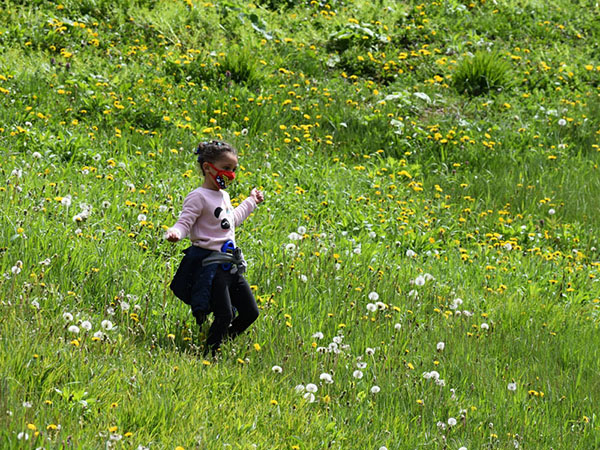

Figures show that if you mow less, the pollen count on your lawn can skyrocket. In 2019, Plantlife’s citizen science experiment asked people to leave their mowers in the shed for May and count the flower species that subsequently popped up in a one-square-meter patch of their lawn. The results tell that changing the way we mow can result in a massive increase in the amount of nectar available to bees and other pollinators. The new mowing regime saw an increase in the growth of daisies, germander, speedwell, and creeping buttercup. The species that benefitted changed each month as well.
After stopping mowing for another month in July, participants saw a resurgence of white clover, self-heal, and bird’s foot trefoil. The average square-meter patch of lawn surveyed after the Plantlife experiment produced enough nectar to support almost four honey bees per day.


It’s not necessary, either, to simply leave your garden to the elements. The ultimate concept of No Mow May is not really to stop mowing in May specifically, or to leave whole swathes of your lawn unmown. Behind the catchy title is a simple concept: get people to change their habits so that they mow less, ideally once a month, and possibly even leave a patch or two of grass to grow long.
Mowing Tips to Support Local Wildlife
- Cut once every four weeks. Cutting just once a month encourages the maximum number of flowers to grow in your lawn. Ideally, leave around three to five centimeters of grass length.
- Leave areas of long grass. Plantlife’s experiment also resulted in greater diversity of flowers in areas of grass that were left completely unmown, with oxeye daisy, field scabious, and knapweed offering up important nectar sources.
- You don’t have to stop mowing completely. Some species, such as daisy and bird’s foot trefoil, are adapted to growing in shorter swards. Cutting flowers from these plants once a month stimulates them to produce more blooms.
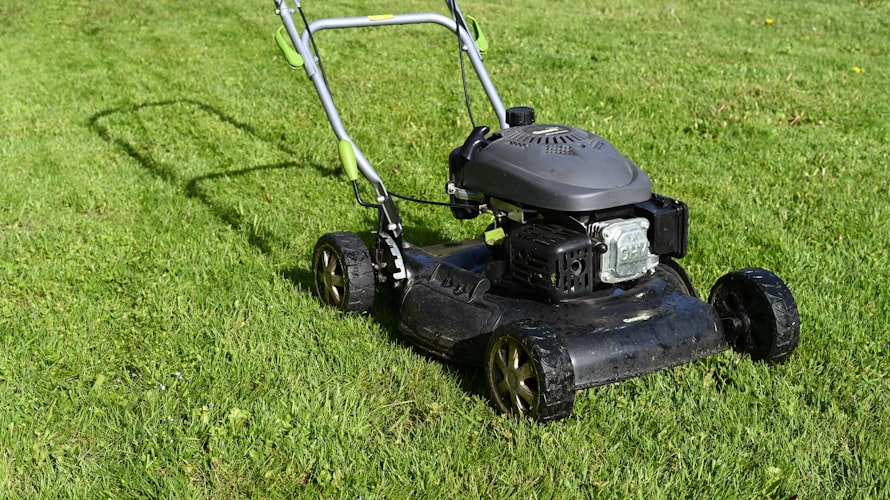
Here at the Garden, the Horticulture Team still cuts grass during May, but we signed up for Green Bay’s No Mow May initiative this year. You may have seen a small yard sign sharing that news out near the Fischer Visitor Center as you enter the Garden. Several areas aren’t being mowed this month, including the South Terrace, the area across from the Vanderperren English Cottage Garden, and turf outside the entrance to the donor Gate. We’ve found ways to maintain a few other areas with low-mow turf throughout the summer instead, and we also stopped mowing the sloping hill underneath the Stumpf Belvedere.
No Mow May can look different for everyone. Even just mowing a few times less throughout late spring and summer can make a difference for pollinators and provide habitable areas for beneficial insects. If you’re looking for a new, and quite simple way to help your local ecosystem flourish, No Mow May could just be choice for you!
Sources
- ReturntoNow.net – No Mow May Campaign
- Fox11Online.com – Appleton Resolution for No Mow May
- ReturntoNow.net – Minnesota Pays Homeowners to Replace Lawns with Bee Friendly Plants
- Ronproject.com – No Mow May Campaign
- Appleton Post-Crescent – Appleton’s No Mow May Attracts Greater Abundance, Diversity
- Green Bay Press-Gazette – ‘No Mow May’ movement
- Green Bay No Mow May Initiative
